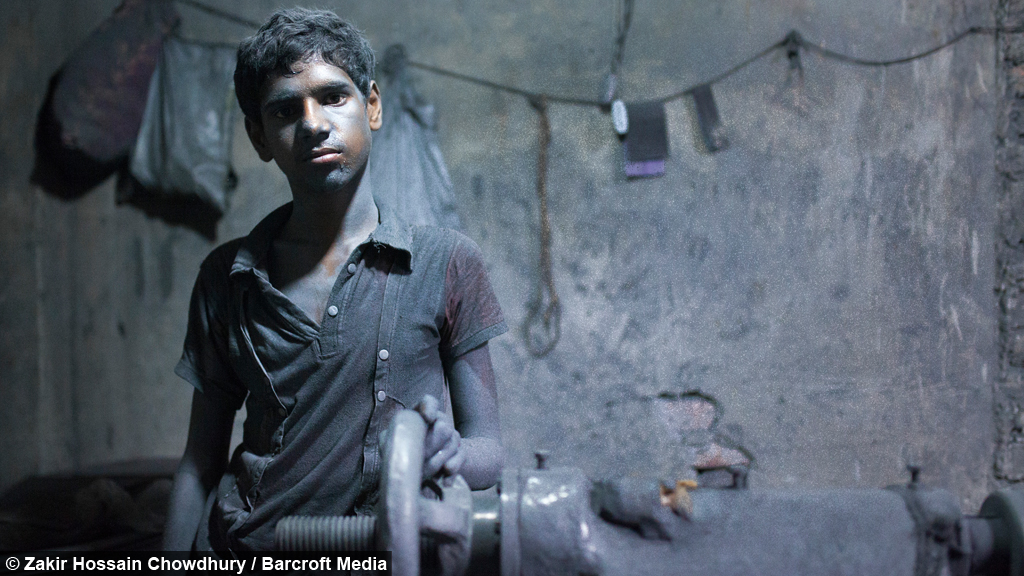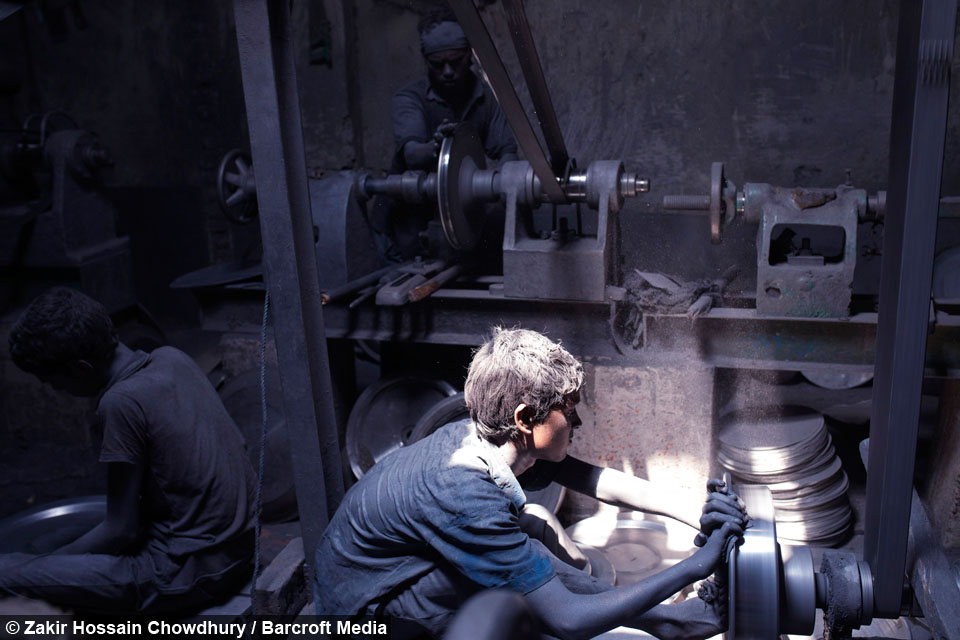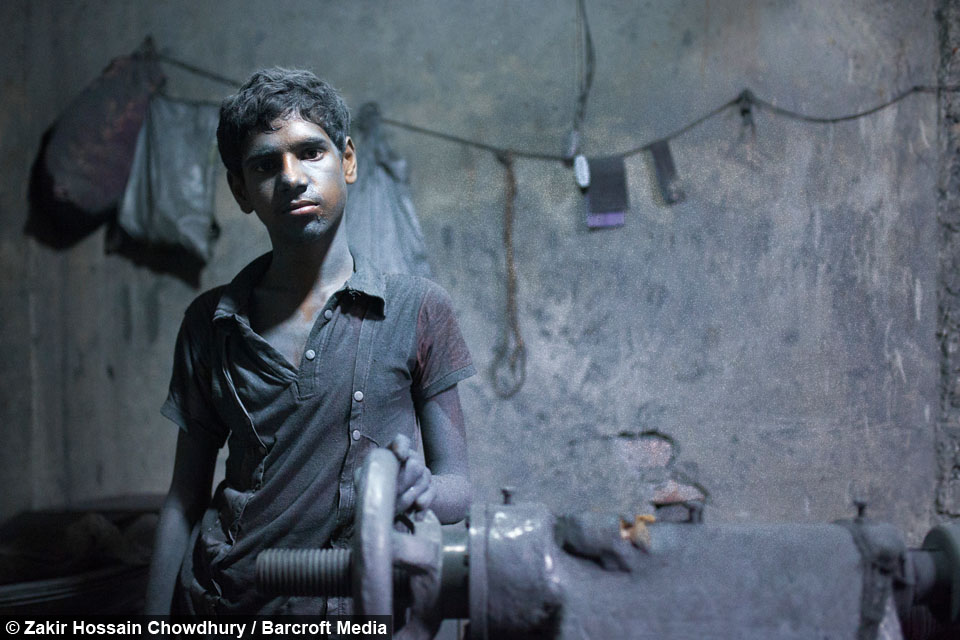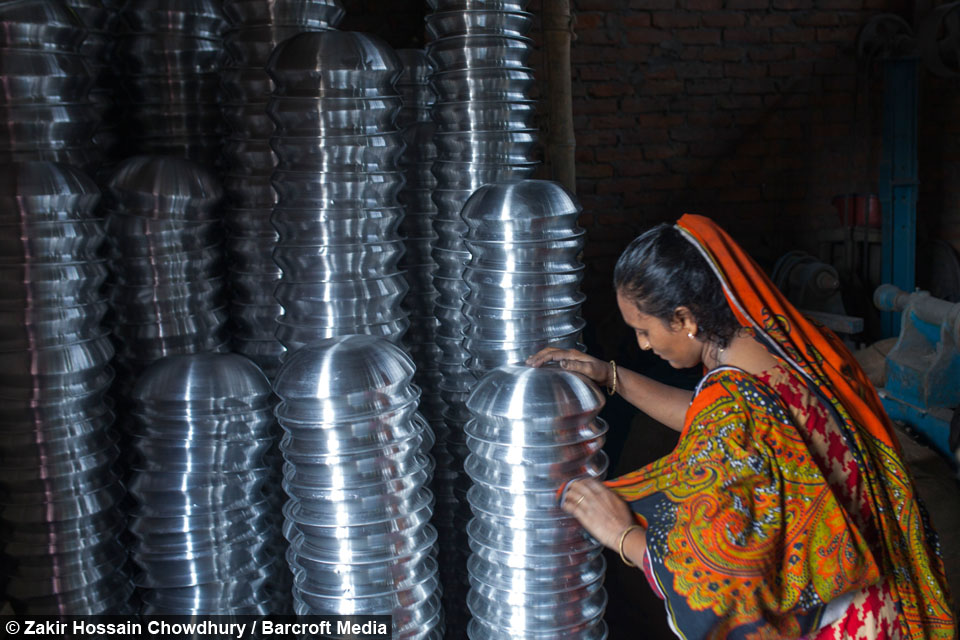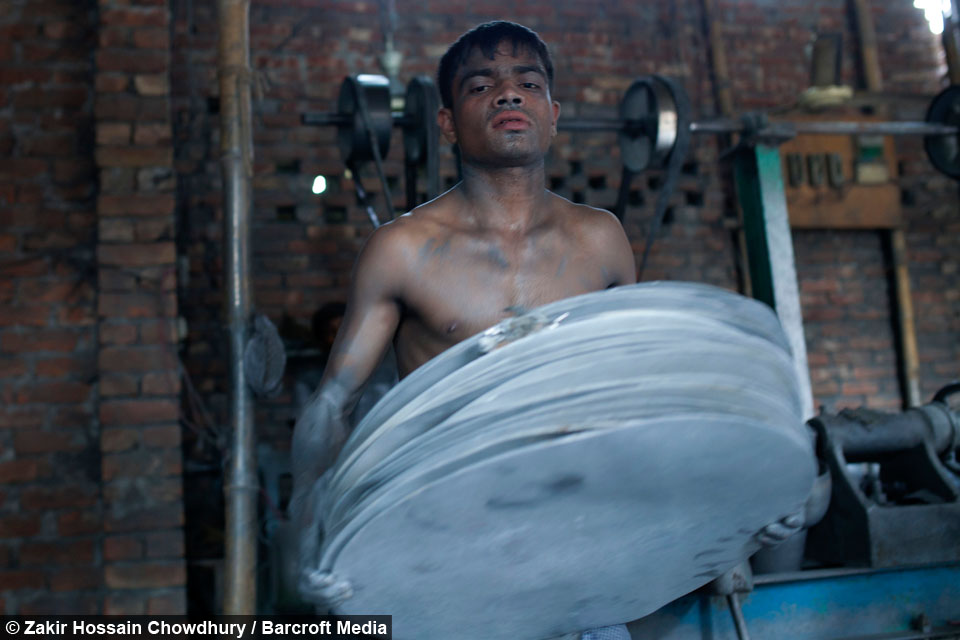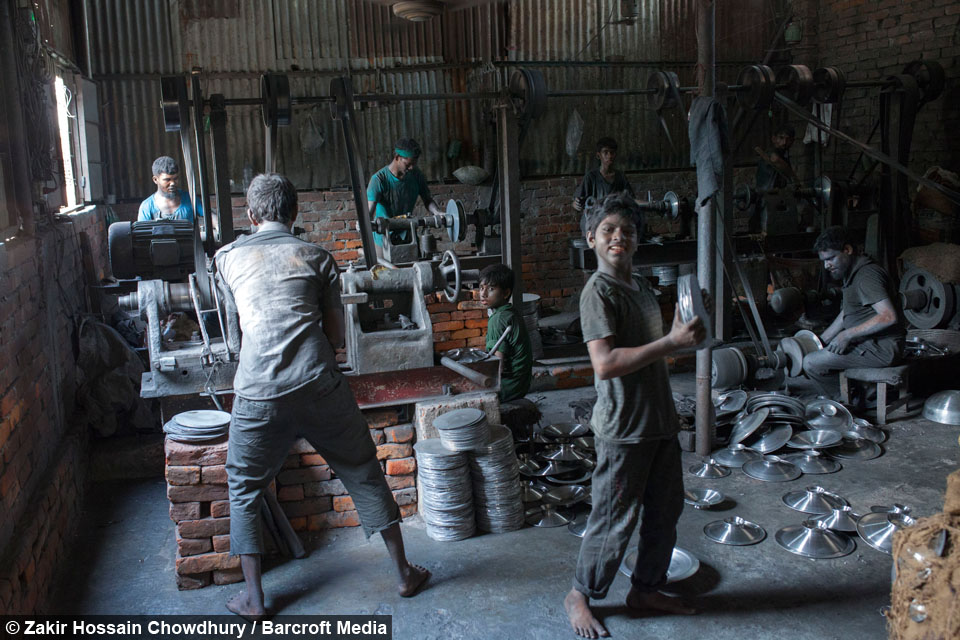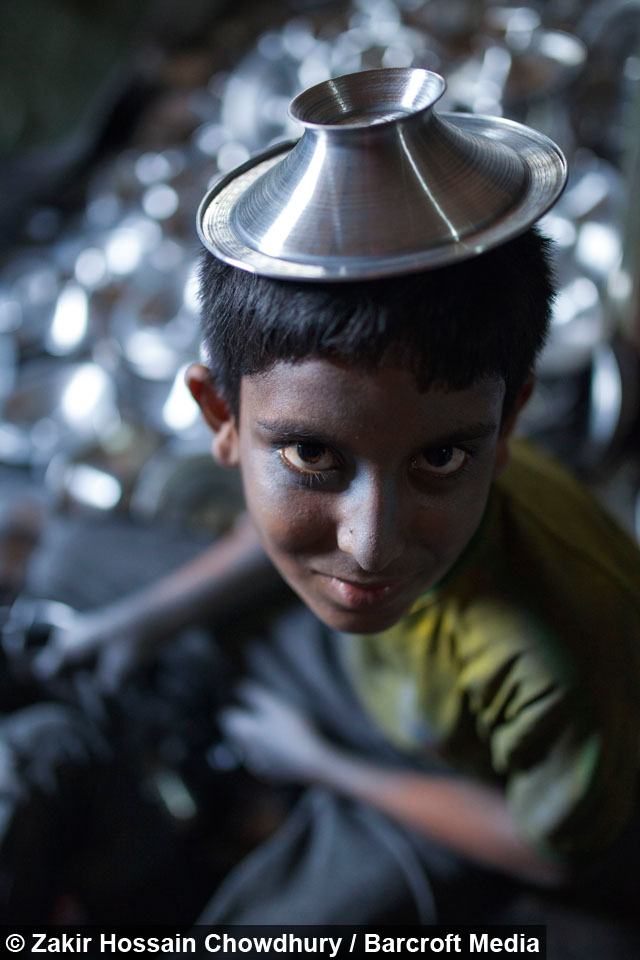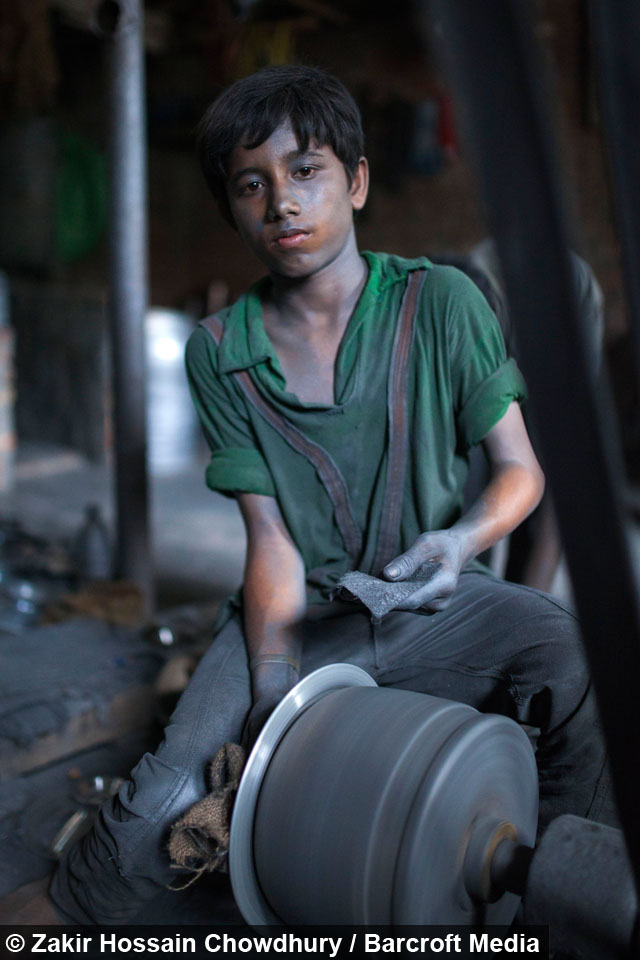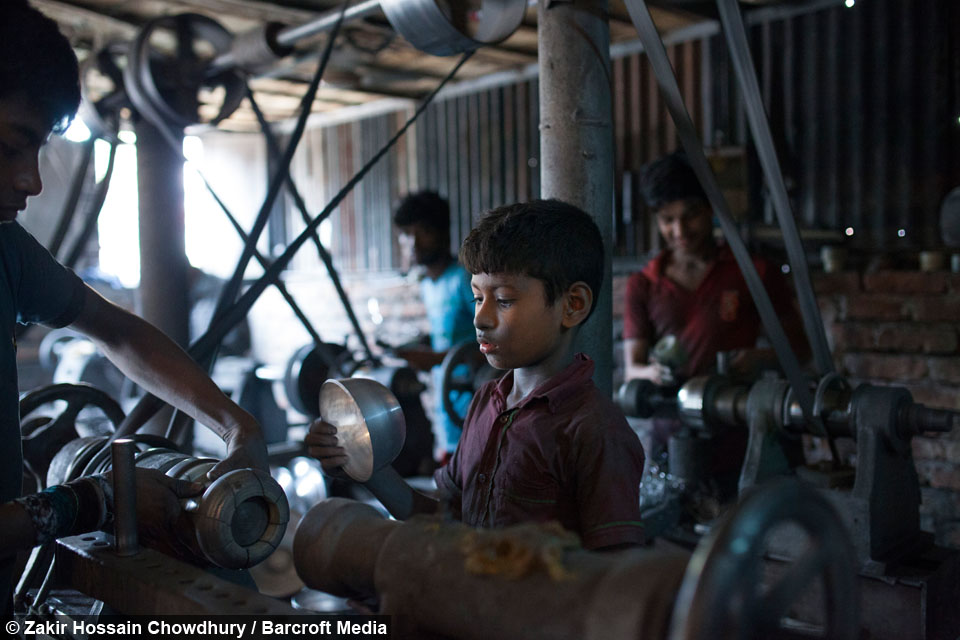Meet The Child Workers Of A Bangladeshi Aluminium Pot-making Factory
By Crystal Chung @crystalkchung
Scroll down for the full story
Photographer Zakir Hossain Chowdhury visited the aluminium pot factory in Dhaka, Bangladesh, to document the working conditions.
The images show children working in a dusty and cramped environment with precious little in the way of safety equipment such as masks or gloves.
A 14-year-old, who has been working at the factory since the age of nine, said: “My father left us when I was only four years old, from that moment on my mother provided for our family by working as a domestic labourer.
"Now I am contributing to my family and with the money I am also helping my sister to go through education.”
The workers are categorised into ‘learners’ or ‘helpers’ - with a helper earning just 5 dollars per week.
One 12-year-old helper said that his mother had forced him into working at the factory.
He added: "My family have no ability to bear my educational expenses.
"My mother said to me that if I work here, after gaining some experience I will be moved to another factory and hopefully I will get more wages.”
The 34-year-old photographer said he was moved by the plight of the child workers at the aluminium pot factory.
He said: “The thing I was most shocked to see was that at lunchtime the children only eat dry bread and they don’t wash their hands even though they are completely coloured with aluminium dust and it is harmful for their health.”
Unicef and the Bangladesh Bureau of Statistics recently conducted a joint study on the status of child labour in the country.
Results showed that there are at least five million children between the ages of 5 and 17 years who are actively involved in child labour - with at least two million of those engaged in hazardous work.
Many working children do not have access to education and become trapped in low-skilled, low-pay work that further binds them into the cycle of poverty.
Aluminium factory work is very common in Bangladesh where different kinds of pots and jars are made from the material.
There is no exact statistic that determines the ratio of adults and children workers, however studies have estimated that between 40-60% of the workers are children.
